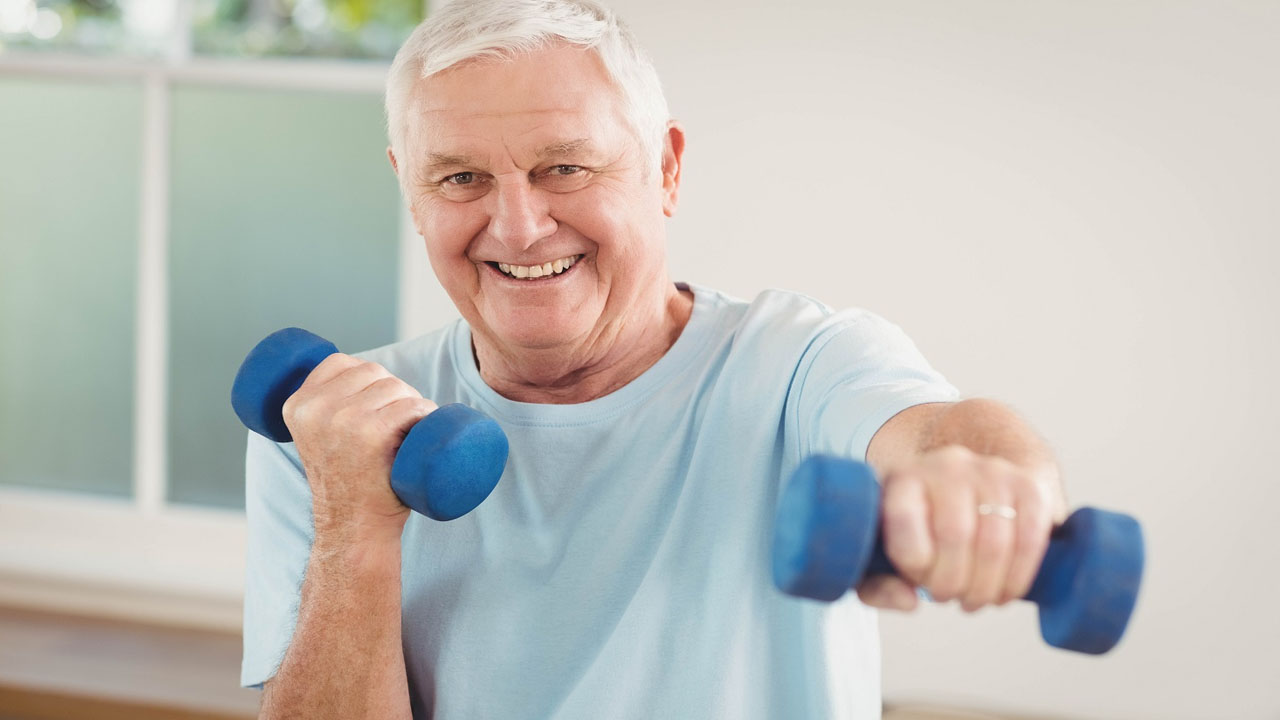
John Hawk Insunrated – Simple Routine Lowers Death Risk by 40% may sound like a bold claim, but recent research strongly supports it. On July 28, 2025, a global team of scientists released a comprehensive study linking regular physical activity with a significant reduction in the risk of early death. The study examined data from over 500,000 individuals across multiple continents, showing that consistent exercise habits could lower all-cause mortality by up to 40 percent. The types of activity varied, ranging from brisk walking and jogging to resistance training and cycling. Even those who exercised moderately for just 20 to 30 minutes per day showed marked benefits. The study highlights a growing body of evidence that shows physical inactivity poses a severe threat to health. With heart disease, diabetes, and certain cancers on the rise, the importance of daily movement can no longer be underestimated. This simple shift in daily routine may change the course of one’s life.
The concept that a Simple Routine Lowers Death Risk by 40% is not just limited to athletes or fitness enthusiasts. In fact, the researchers emphasized that even low-intensity physical activities bring massive benefits when performed consistently. Activities such as gardening, walking the dog, taking the stairs, or doing bodyweight exercises can accumulate into a strong protective effect. What makes this finding revolutionary is its accessibility. Anyone can begin improving their health without expensive gym memberships or personal trainers. Cardiovascular exercises enhance heart function and improve circulation, while resistance training helps maintain muscle mass and metabolism. When combined, these activities offer both short-term energy boosts and long-term health security. Experts recommend starting small and building a habit, rather than going all-in immediately. The key is in the repetition. The body adapts over time, leading to improved endurance, stronger immunity, and better organ function. With such a strong return on a small investment, there is little reason not to start.
Health professionals are now raising awareness more than ever about the urgent need for physical activity. With the rise of sedentary lifestyles and digital dependence, many people spend up to ten hours a day sitting. This behavior increases the risk of chronic illnesses and accelerates biological aging. The study presented in July serves as a wake-up call. It shows that the best medicine may not come in a pill bottle, but through movement. The results have caught the attention of doctors and policymakers alike. Workplaces are being encouraged to provide standing desks or active break sessions. Schools are introducing more dynamic physical education programs. Even small urban spaces are being redesigned to encourage walking and cycling. The future of public health may depend heavily on how societies promote movement. Preventing disease through proactive measures has now become a top priority. The earlier people start moving, the better their chances at avoiding hospital visits later.
Not all exercises produce the same effects, but all contribute in their own way to increasing life expectancy. Cardiovascular workouts such as running, swimming, and dancing help reduce fat, improve lung capacity, and stabilize blood pressure. These activities keep the heart strong and the brain sharp. On the other hand, strength training with weights or resistance bands plays a key role in maintaining muscle mass, improving joint health, and boosting metabolism. Flexibility exercises such as yoga or stretching reduce injury risk and improve mobility. When combined in a weekly routine, these practices support overall wellness from head to toe. The researchers behind the recent study emphasized that variety in exercise can also increase long-term adherence. People are more likely to continue routines they enjoy. Furthermore, the social aspect of group fitness or outdoor activities adds mental health benefits. It becomes clear that physical movement, when done regularly, brings a comprehensive package of life-extending advantages.
“Read more: Trapped and Invisible: The ILO’s Chilling Report on the 21st Century Slave Trade”
Physical health is not the only area impacted by regular exercise. Mental wellness improves significantly as well. Physical activity stimulates the release of endorphins and dopamine, chemicals that reduce stress and elevate mood. Depression and anxiety symptoms are often reduced when individuals engage in movement daily. Exercise also enhances sleep quality, which plays a key role in brain function and immune support. For those battling high levels of stress, simple practices like walking or yoga can create a calming effect. Children and teenagers also benefit, as physical education supports both emotional regulation and academic performance. As mental health becomes a growing concern globally, these natural, accessible tools are gaining more attention. Several mental health clinics now include fitness routines in treatment plans. Society is beginning to understand that health cannot be separated into mind and body. The two work in harmony, and exercise serves as one of the most effective ways to support both.
John Hawk Insunrated - Many creators now adopt the anti perfection content workflow to publish quickly, learn fast, and grow…
John Hawk Insunrated - Many creators now adopt an anti perfectionist workflow guide to publish faster, learn from real feedback,…
John Hawk Insunrated - Artists, writers, and makers often underestimate how consistent creative practice daily reshapes their skills, confidence, and…
John Hawk Insunrated - Artists, workers, and students increasingly turn to creative practices for wellbeing to manage stress and protect…
John Hawk Insunrated - Many artists rely on personal sketchbook creative freedom to explore ideas safely without pressure or judgment.…
John Hawk Insunrated - Many professionals are experimenting with new skills to stay relevant, yet few truly analyze what works…